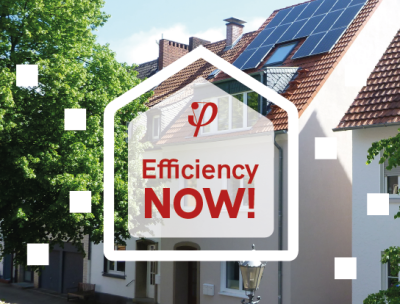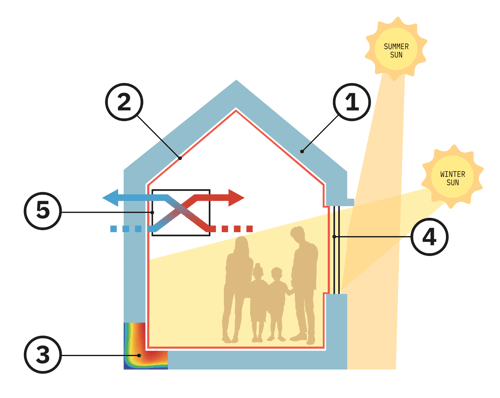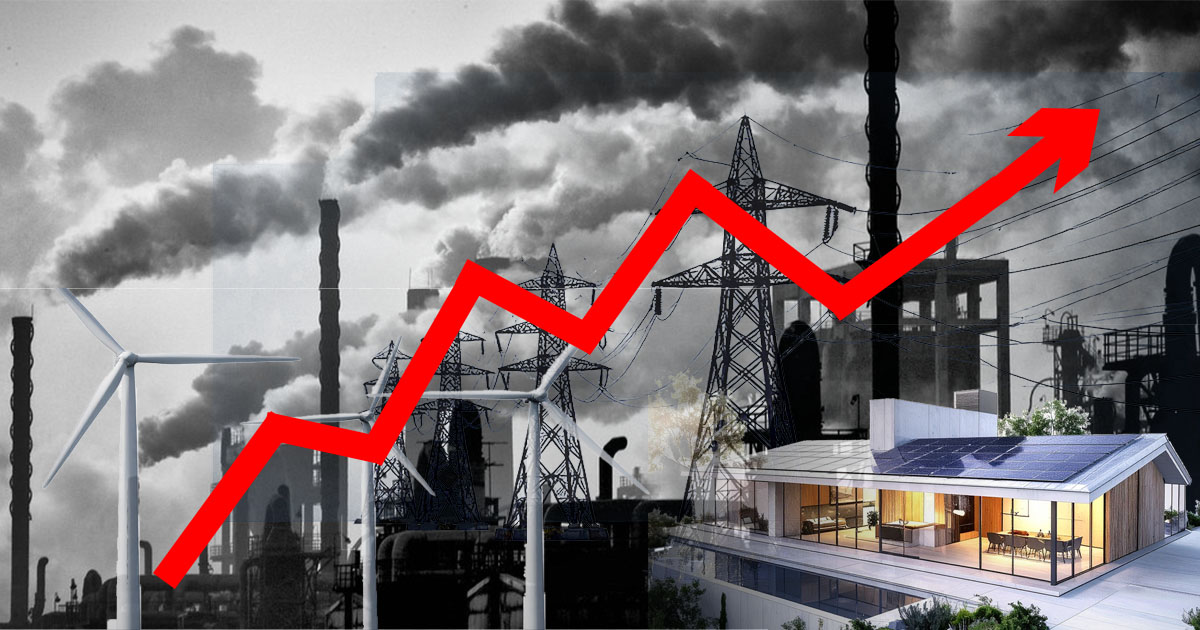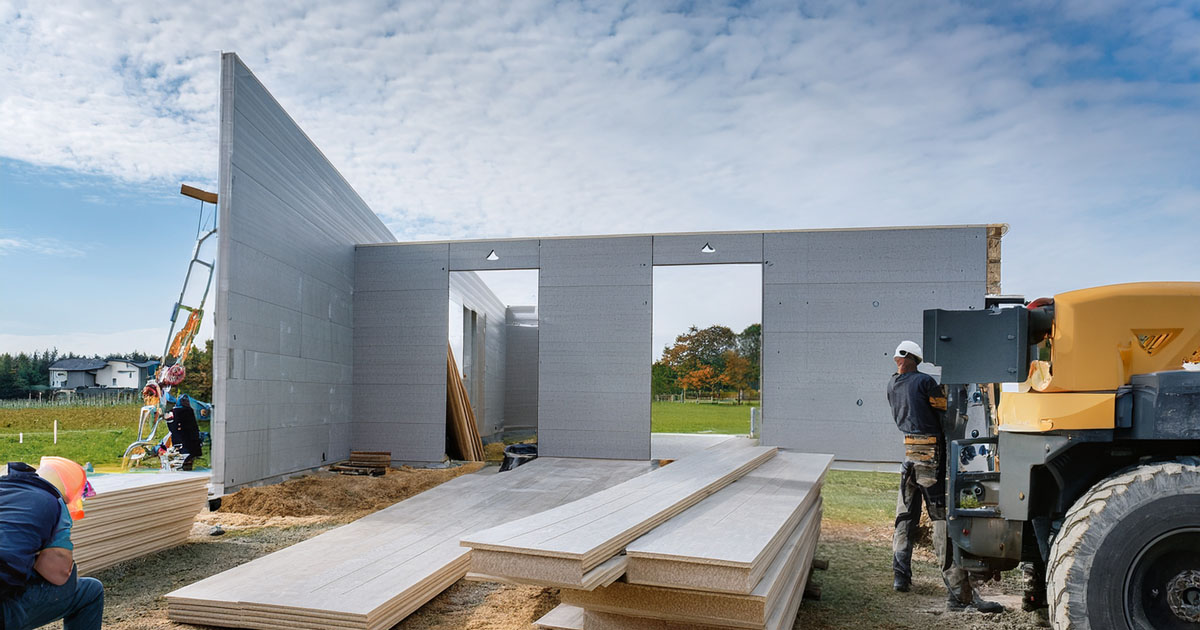Why Rising Energy Costs Make Smarter Housing a No-Brainer
What a recent Ezra Klein episode reveals about cost, permitting, and how to rebuild faster On a recent episode of The Ezra Klein Show, climate...
2 min read
 Tim Sweeney
:
Oct 14, 2023 3:00:00 AM
Tim Sweeney
:
Oct 14, 2023 3:00:00 AM

Aren't the Building Codes all that we need to comply with? Why must we switch to truly Sustainable Construction NOW? The short answer to that question is, “Once you realize what’s happening to our world, you simply don’t have any other good choice.”
If you have a strong moral compass and take responsibility for the impact of your actions on others and the world, then it is imperative that you make changes to combat Climate Change. We are rapidly running out of time, and the consequences of inaction are dire. The Bottom-Line is that It's crucial that we transition to highly efficient building systems immediately to avert the impending disaster.
The longer explanation fully proves why this transition is necessary. As humans, our very nature as consumers requires energy, and currently the majority of that energy comes from fossil fuels. The burning of these fuels produces greenhouse gases (GHGs), which are causing climate change. The levels of GHGs in the atmosphere have reached a critical point, leading to uncontrollable global warming. Some even question if it is too late to prevent widespread suffering and the extinction of species. So, what can we do?
Given the immense challenge and time required to shift our global energy system to sustainable sources like solar, wind, hydro, geothermal, and nuclear, we must explore other options to immediately reduce our GHG emissions. We need to minimize and eventually eliminate the use of fossil fuels to reverse climate change.
In the United States, buildings are responsible for 39% of all GHG emissions. These emissions come from various sources, including the production, transportation, and assembly of building materials (referred to as "embodied carbon"), as well as building operations, maintenance, modifications, and end-of-life actions (referred to as "operational carbon"). While we may not yet have sufficient access to pollution-free energy options, we currently possess the scientific knowledge to make buildings more energy efficient.
To achieve this, we must focus on creating thermally efficient envelopes for both new and existing buildings. These envelopes should prevent heat and air leakage, while our mechanical systems should be highly efficient and use minimal energy, potentially sourced from rooftop solar electricity (PV).
Passive House™ technologies have been proven to be the most effective approach to designing, building, and renovating buildings. These technologies are based on actual building performance criteria and have a track record of success. While LEED projects typically result in a 25-30% reduction in energy usage compared to conventional construction, Passive House projects can achieve energy consumption reductions of 60-70%, and sometimes even up to 90-95%.
Panelized building systems also offer very significant time and labor savings compared to traditional wood framing systems, reducing both energy expenditures and costs.
When panelized building systems are combined with Passive House™ technologies, even greater savings can be achieved. This combined approach, such as the Simplus Building System™, offers the best of both worlds in terms of technological advancements, providing a quicker, more affordable, efficient, simple, and user-friendly solution.
While these combined building systems may not have a substantial impact on global energy consumption until they are widely adopted, they can make a significant difference at the local level. By implementing these systems, individuals can achieve their building and sustainability goals, contributing to a more positive future.
Unfortunately, current Building Codes are inadequate in achieving truly meaningful reductions in energy usage. It is therefore the responsibility of individuals, organizations, and companies to go above and beyond these minimum standards and build in more energy-efficient ways.
While we will eventually transition to renewable fuels, we must take action now to minimize our GHG emissions. Both new and existing buildings must emit as little GHGs as possible, especially considering the alarming rate at which GHGs are accumulating in the atmosphere. Waiting until later is simply not an option.
Every individual's choices today have an impact, and this is especially true for future generations. What do you value, and what choices will you make?

What a recent Ezra Klein episode reveals about cost, permitting, and how to rebuild faster On a recent episode of The Ezra Klein Show, climate...

Wildfires don’t just destroy homes—they upend entire communities. From Paradise to Lahaina to Los Angeles, fire survivors face years of delays, red...

When a wildfire hits, most people worry about flames. But smoke is often both the immediate killer and the more pervasive, long-lasting...